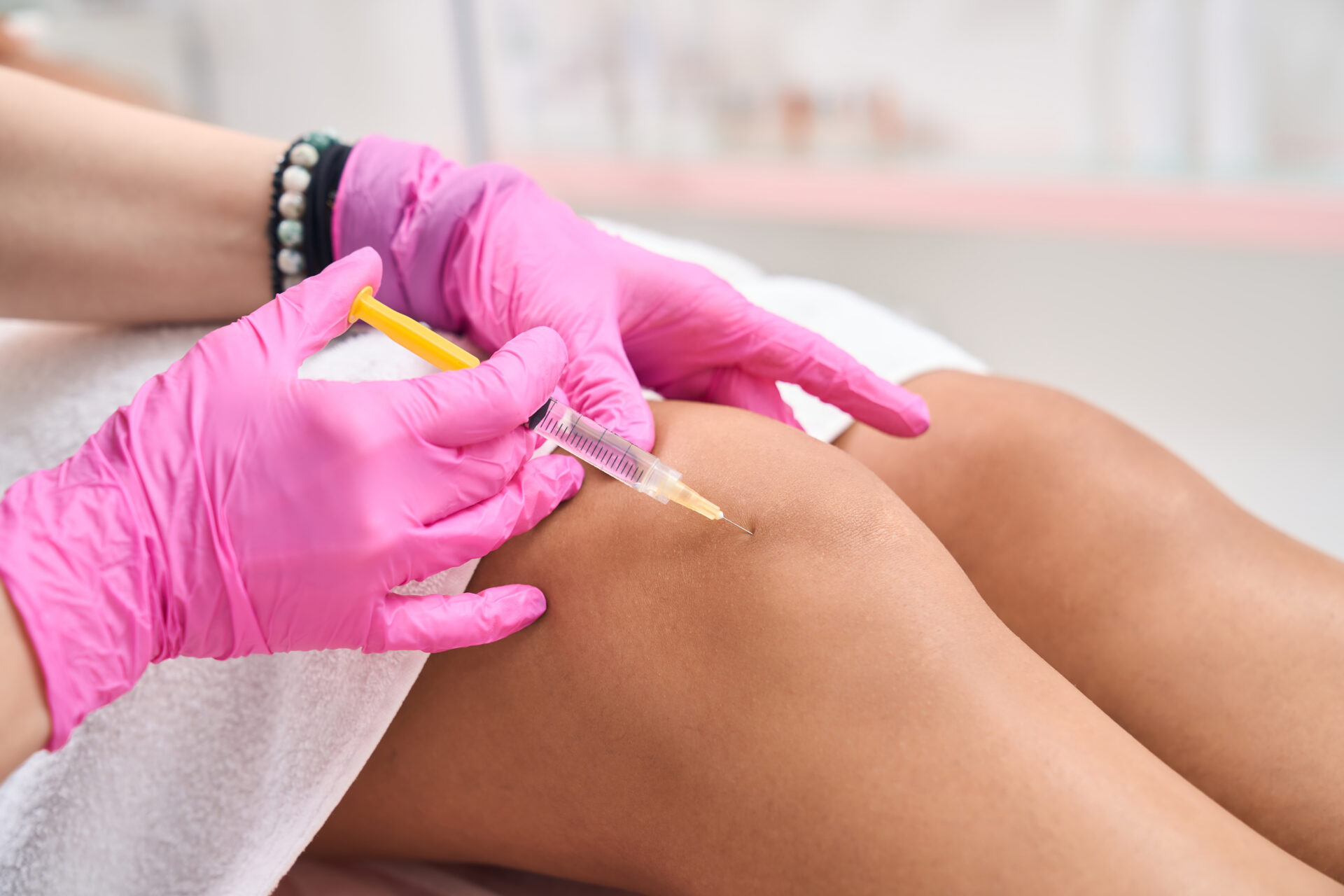More people across Idaho are now looking for non-surgical and natural ways to deal with pain and recover from chronic symptoms related to joint issues. Over the years, the popularity of such treatments has increased manifold, and two such options are PRP (Platelet-Rich Plasma) therapy and stem cell therapy. If you are in Twin Falls and Pocatello, consider visiting the medical experts of The Regenerative & Joint Clinic, which specializes in these therapies. Regenerative medicine is one of its core strengths, and the medical professionals take time to understand and help each individual. In this guide, we will share everything you must know about PRP therapy.
What exactly is PRP Therapy?
PRP uses the plasma from the patient’s blood to treat certain symptoms and stimulate healing. Initially, PRP therapy was used extensively for sports medicine, but currently, this is a great choice for many needs, including orthopedic and chronic pain conditions. The therapy is also offered in wellness clinics for aesthetic reasons. Because PRP uses biological material from the patient, there is a reduced risk of rejection and side effects like allergies.
How Does the Procedure Work?
During the first visit, doctors will check your symptoms and may order certain lab and diagnostic tests to determine whether you are likely to benefit from PRP. If they find that you are an ideal candidate, they will ask RNs or experts to draw a blood sample. This sample will go through centrifugation, which will separate the platelet-rich plasma from other blood components. The concentrated plasma is then injected into joints, scalp, tendons, or other parts of the body, as required. You may have mild soreness, but as new tissue generates, you should see a difference in symptoms. PRP therapy doesn’t cause any downtime, and one session shouldn’t last for more than an hour.
Uses of PRP Therapy
PRP is often recommended for orthopedic and joint pain relief, especially for patients who have pain in the hips, shoulders, and knees due to arthritis. It is also recommended for athletes who need to recover fast from tendon, ligament, and muscle injuries, especially from tennis elbow and rotator cuff strains. Tissue recovery can be slow after surgery, and some patients can benefit from PRP in such situations. The treatment can also help reduce inflammation after a procedure. As we mentioned earlier, PRP is also used in aesthetic clinics for facials, hair restoration, and skin rejuvenation.
Benefits at a Glance
PRP allows the body to heal on its own and accelerates the process. Most people usually see a reduction in pain and inflammation, but unlike painkillers that tend to mask pain, PRP promotes actual healing. There is also no downtime, which means one can go back to regular schedules without waiting at the clinic for hours. The risk of adverse side effects is also limited, as PRP doesn’t use any medications or external things. It is also often suggested in sync with other things, such as stem cell therapy and physical therapy.
Other Things Worth Knowing
Firstly, Platelet Rich Plasma Therapy isn’t a magical wand for immediate results. The outcome depends on many factors, including the health and current symptoms and condition of the individual. The extent of damage and overall lifestyle also have an impact on results. PRP isn’t a treatment you can try at any random clinic or spa. It should be done by experienced medical professionals who have expertise in regenerative medicine and related fields. If there is severe structural damage, a patient may still need surgery, although PRP can help delay the same or can accelerate recovery.
If you have chronic joint pain or orthopedic concerns and don’t want to take medications alone, consider scheduling a visit with a reputable regenerative medicine clinic in Idaho. The experts can suggest the right options, which include stem cell and PRP therapies.


